M&K S150 25th Anniversary Edition
With legendary THX performance and anniversary styling, the M&K S150 speakers deliver pristine accuracy perfect for professional mixing, though bass impact is lacking. While clinical at times, the stellar imaging, dynamics, and detail justify the high cost for detail-oriented listeners.
WE LIKE
WE DON'T LIKE
- Legendary THX Ultra2 certification
- Handles high dynamics effortlessly
- Superb imaging and soundstage
- Requires substantial power
- Bass lacks visceral impact
WE LIKE
- Legendary THX Ultra2 certification
- Handles high dynamics effortlessly
- Superb imaging and soundstage
WE DON'T LIKE
- Requires substantial power
- Bass lacks visceral impact
Today we’re looking at the M&K S150 25th Anniversary Limited Edition! It was telling that Miller & Kreisel opted to place the Lucasfilm THX brand logo above its own on the front grille badge of the S150 series speakers when introduced back in 1995. Owner and chief engineer Ken Kreisel had wholeheartedly embraced the THX philosophy of how to reproduce film sound accurately in the home, to the point that he was happy to share top billing with the audio arm of the Star Wars factory. It was also something of a boon to the design team at Skywalker Ranch that this medium-sized California speaker company – whose groundbreaking work alone had cemented the satellite/subwoofer relationship as virtually indispensable for home theater – felt that the sonic qualities of THX should, in turn, become central to M&K’s core strategy.
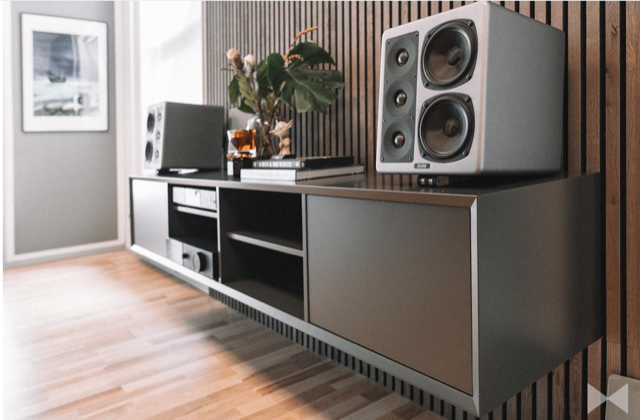
And so it is after a quarter of a century of the existence of these iconic cuboid speakers that M&K is releasing an exclusive 25th Anniversary Limited Edition of the set, but sold ostensibly as a stereo pair, perhaps to celebrate the sometimes overlooked musicality of the legendary line. Even though it is some time since Ken Kreisel relinquished control of the company, which itself relocated from the US to Denmark, the new ownership team is rightfully proud of the extraordinary legacy of which they are now custodians. The M&K S150 satellites (combined with various versions of the company’s subwoofers) have been adopted by all the major film studios at one point or another for editing, mastering and monitoring of audio, both in production and post-production settings. Famously, Lucasfilm Ltd. deployed M&K speakers for the entire audio workflow of the Star Wars: Episodes I – III films, and many of the Blu-ray discs we enjoy at home have earned their sonic seal of approval after being reviewed on this reference platform. Consequently, if you want to know literally “what the director intended”, you could do a lot worse than invest in a set of the S150s.
Design and Features
The Limited Edition S150s have eschewed the classic black satin finish of the line in favor of a more living room-friendly “space gray” coating with an attractive silver cloth grille, which conveniently magnetically attaches to the speaker front. With only 250 units of the new speaker being produced, the lucky owners will be treated to a silver plaque on each featuring the unique number identification in the sequence, as well as newly designed crossover components by Jantzen. Although carrying the signature audio properties of the existing S150 (MKII), M&K boasts that this exclusive edition sports a bi-wiring/bi-amped capability with dual binding posts and connecting jumper strips included, a clear nod to more audiophile-oriented customers.
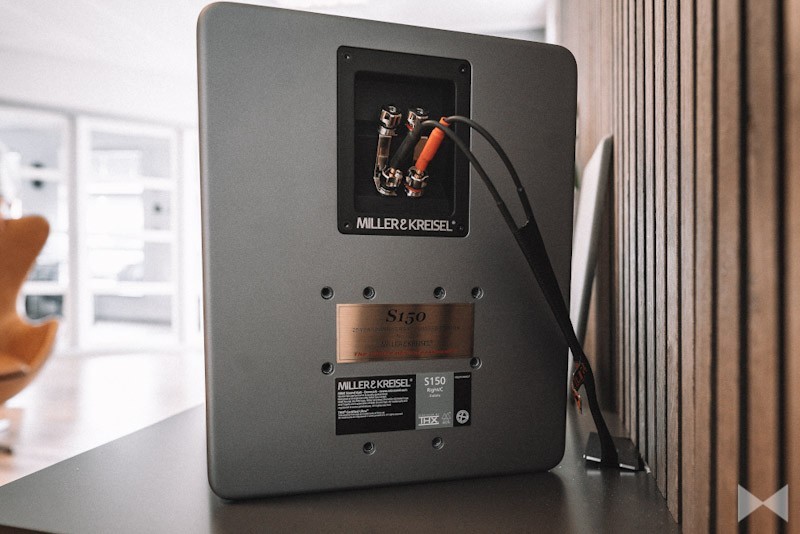
The enduring appeal of M&K’s S150 speakers is in no small part due to their classic design and, while perhaps not the prettiest speakers in hi-fi history, have certainly always promoted function over form, and are compact and discreet enough to allow them endless placement flexibility, particularly in a dedicated AV room. It is testament to the efficacy of both the original S150 speaker design and uncolored performance, harking back to 1995, that the look and key characteristics have remained essentially the same, even though materials and manufacturing methods have evolved over time. Many will recognize the classic vertical arrangement of the two 5.25-inch now-fiberglass mid-range drivers complemented by three 1.1-inch soft fabric dome tweeters, the latter responsible for the focused vertical dispersion qualities lending to improved dialogue intelligibility and front soundstage effects placement for movie playback. Those last specifications are required of the speakers’ THX Ultra2 certification along with their capability of achieving reference level cinema audio in a room of at least 3,000 cubic feet.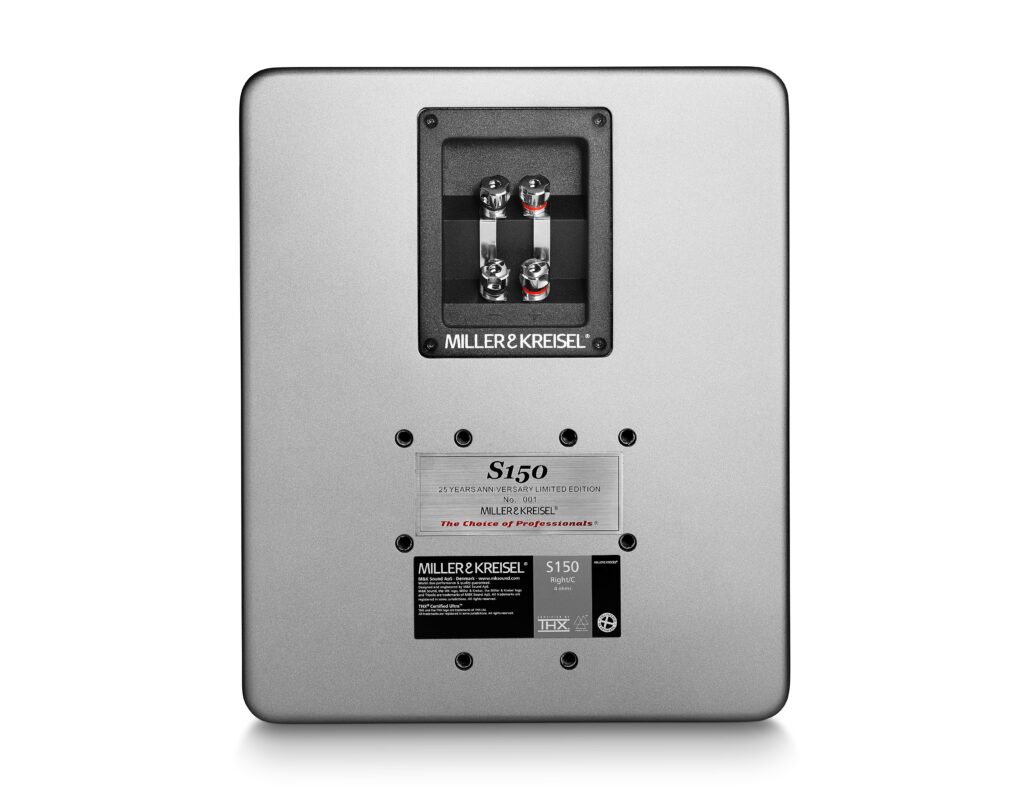
The dimensions of the Anniversary S150 are also common to earlier versions with a 12.5-inch height, 10.4-inch width and 12.2-inch depth, while the unit weighs in at a manageable 25.4lbs. The speaker retains a 92 dB sensitivity and a 4-ohm impedance with connected amplifier power recommended to accommodate a range of 25 to 500W. My personal experience with both former and current iterations of the S150 with its 4-ohm load is that it is a speaker that likes to be driven hard, and responds particularly well to audio dynamics and transients with amplifiers rated at 150W and above. Frequency response is measured from 75 Hz to 20KHz (+/- 3dB), so a subwoofer is recommended to reproduce the bottom end.
Whether opting to use the M&K S150 Anniversary set as a stereo pair or incorporating them into a fully-fledged immersive system for movies and TV, owners should consider using S150T timbre-matched tripoles as surrounds (which can also be wired as dipoles or as effective direct radiators) if you intend to build out a home theater. However, it is worth noting that in many professional mixing suites, the passive S150 or its active powered sister, the MPS2520P, is often used in all separate channel locations for surround mixing duties.
In Use and Performance
For the purposes of this review, I inserted the Anniversary pair into my existing home theater layout and M&K provided me with one of its own X10 subwoofers to handle low frequencies. Power amplification was provided by my trusty Parasound HCA- series models and the preamp used was a Lyngdorf MP-60 with RoomPerfect calibration. However, I treated the speakers mostly as a stereo pair with CD music sources, but also took the opportunity to A/B the new S150s with my own S150s, still going strong 22 years later!
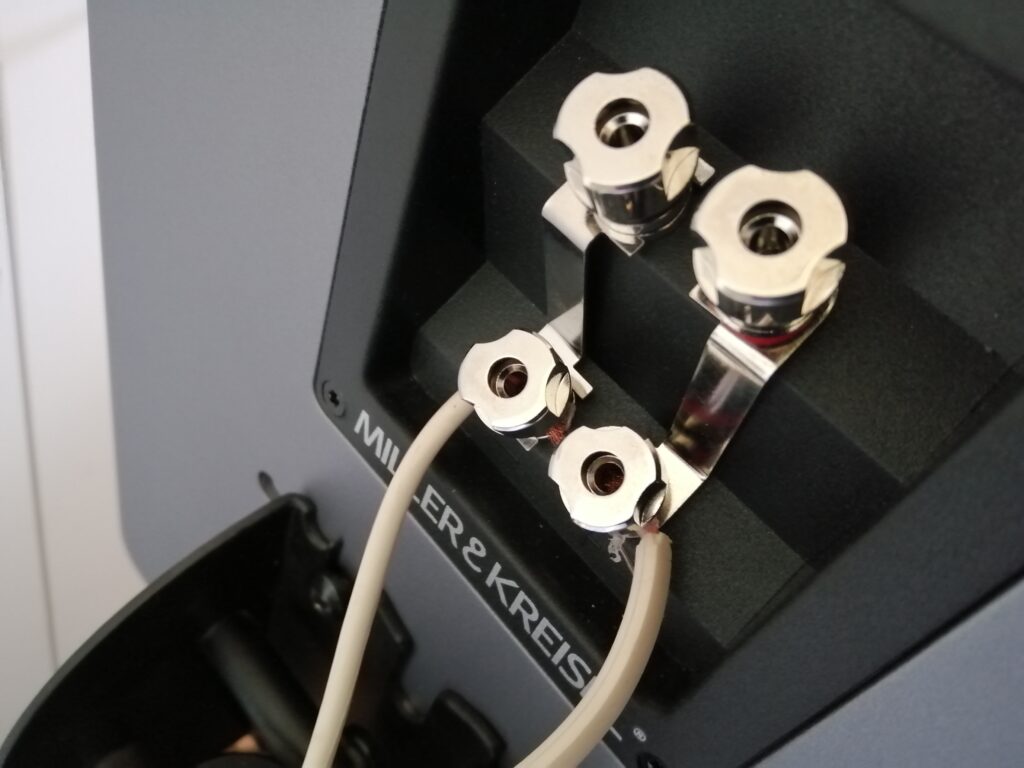
M&K has continuously improved performance of the S150 monitor through its MKII phase (post company ownership change) and now this Anniversary edition. The original S150s were certainly no slouches, but on offer here is yet more articulation at the top end and a notably more incisive depth of field. On the Chandos recording of the opera Dido & Aeneas, Sarah Connolly’s mezzo-soprano voice on the aria “Ah! Belinda” is exquisitely rendered with piercing high notes and gentle vibrato, all underscored by a full-bodied harpsicord whose individual identifiable strings dip in and out with pleasing but varying intensity. There is also a seemingly broader soundstage here with pinpoint imaging. The “Sancte Deus” on The Tallis Scholars Sing Thomas Tallis (2CD Gimell label) precision-places the sections of the choir in the horizontal plain while the echo in the ceiling of the Merton College Chapel forces the listener to look upwards.
The S150s and X10 sub exhibit a stunningly seamless fusion between bass and robust midrange, which is illustrated by the Yes track “Fortune Seller” on the Open Your Eyes album. While Alan White’s tight drums strike with impulsive energy, the syncopated and strumming guitar is periodically immersed in an onslaught of chest-splitting and thunderous sustained bass notes. This stuff goes right to your core and is ultimately what M&K is all about.
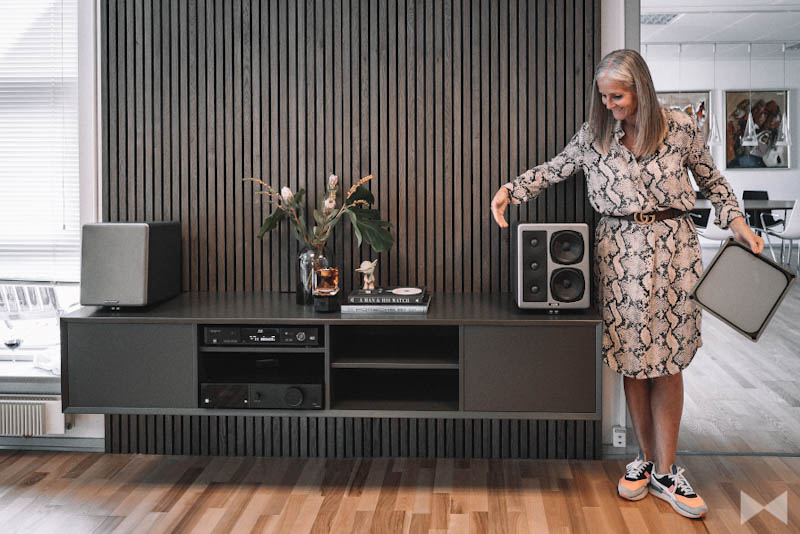
Of couse no set of S150s can be auditioned without giving them a run for their money on some Blu-ray movie content. Having slotted the new pair in with my multi-channel system (while using an original S150 as a center speaker), I noticed a distinct enhancement in dynamic range over the old pair. The tidal storm sequence from Aquaman (2018) where the massive wave unleashes hell on the New England coast and the first frenetic motor race in Ready Player One (2018) exhibited unrelenting power. Even when collapsing the source down to a 2.1 output, the S150s still prove they are nothing short of fluent in the language of film, and can deliver home-demolishing effects and music in spades.
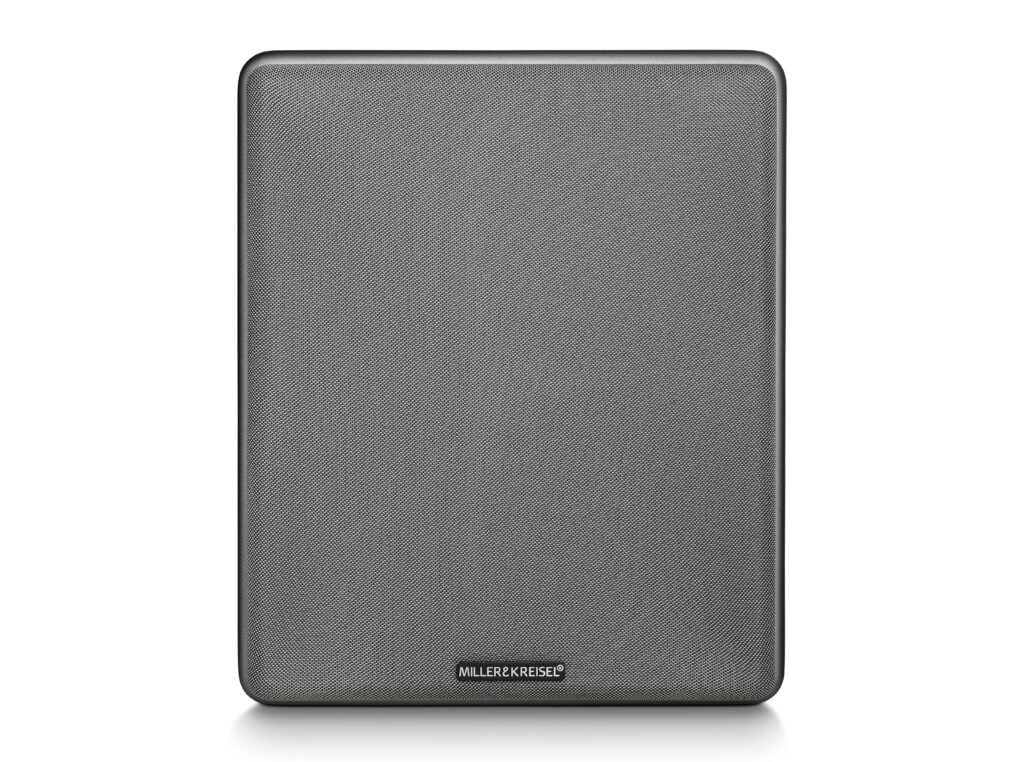
Conclusion
If you want to grab a piece of history and order a pair (or more) of these stylish 25th Anniversary Limited Edition silver speakers, you certainly will not regret the decision based on their performance, even if the color scheme does not quite suit your environment. While M&K is now under Danish ownership, the S150 speakers are still unmistakably American, utterly suited to the bombast and hyperbole of the Hollywood movie blockbuster, while also being enticingly accurate and restrained when needed. Some buyers may want to venture up the price ladder to the lofty heights of a Wisdom or JBL reference system for their home theater, but the reality is that you will have to spend a lot more. Others might want to stick to their tried-and-tested B&Ws, KEFs or Klipsches, as some believe the neutrality and flat frequency response of the M&Ks is not for them. But M&K is within that just-about-affordable range (at $4,200 per Anniversary pair) where you are genuinely getting the performance you pay for, as well as an unwavering endorsement from the pro audio community. Frankly, even 25 years on from the S150’s inception, whether you are selecting a system for movies, TV or stereo music, once you get hooked on M&K, you might find it forever difficult to walk away.
Home Theater Forum was thrilled to be asked by M&K to produce the very first industry review of the S150 25th Anniversary Limited Edition speakers. For enquiries, please contact M&K distributors in your country or area listed at the link here.
Martin, a seasoned journalist and AV expert, has written for several notable print magazines. He’s served in key roles at Lucasfilm’s THX Division, NEC’s digital cinema division, and has even consulted for DreamWorks. Despite his illustrious career, Martin remains rooted in his passion for cinema and acting, with notable appearances in several Spielberg films, Doctor Who, and Star Wars: The Empire Strikes Back. He currently resides in San Francisco.
Post Disclaimer
Some of our content may contain marketing links, which means we will receive a commission for purchases made via those links. In our editorial content, these affiliate links appear automatically, and our editorial teams are not influenced by our affiliate partnerships. We work with several providers (currently Skimlinks and Amazon) to manage our affiliate relationships. You can find out more about their services by visiting their sites.

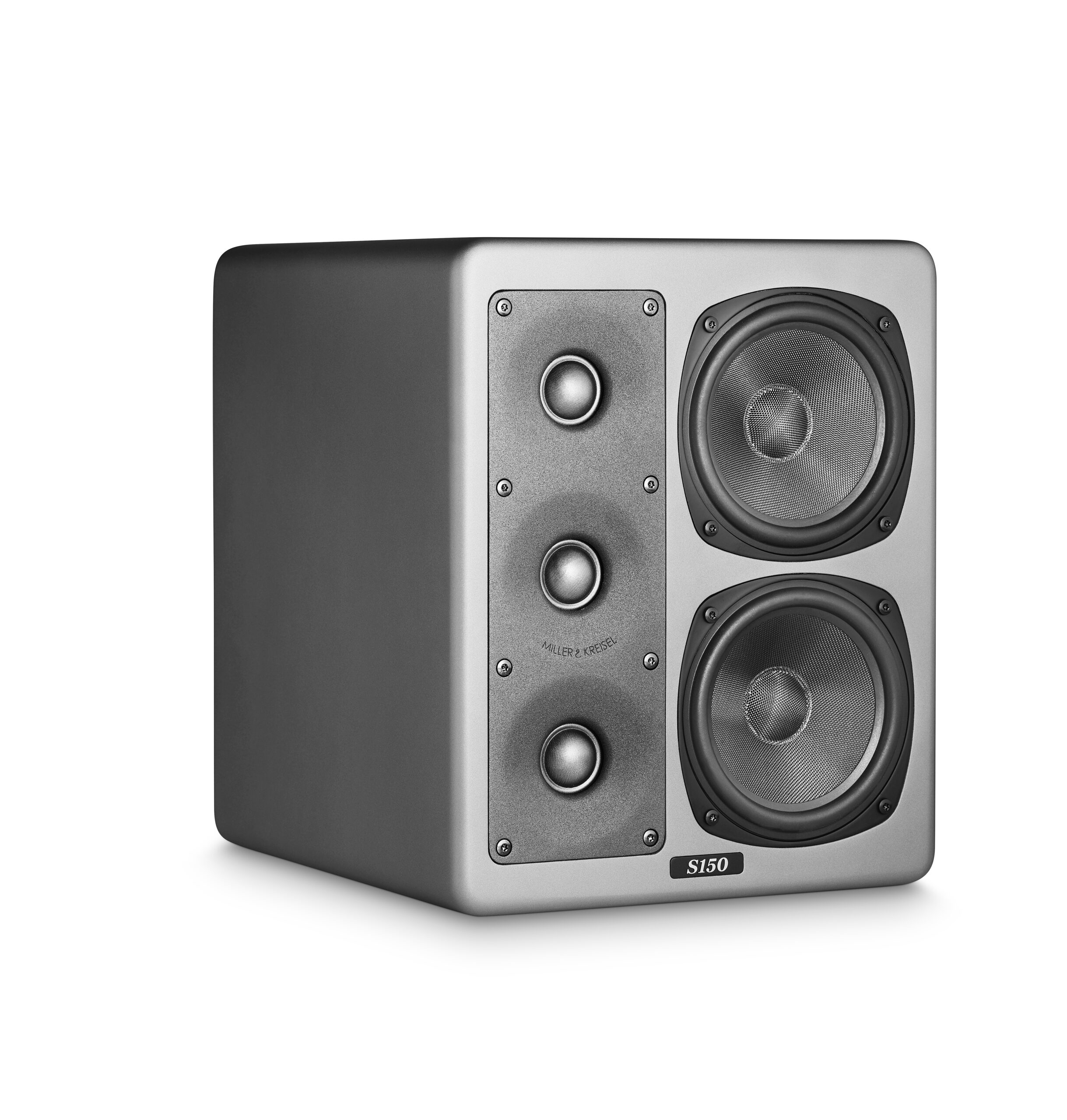


Similar threads